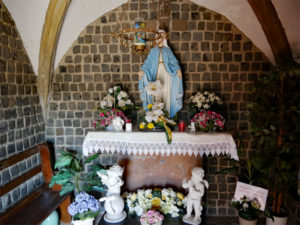Tour du Cimetière de Farschviller

































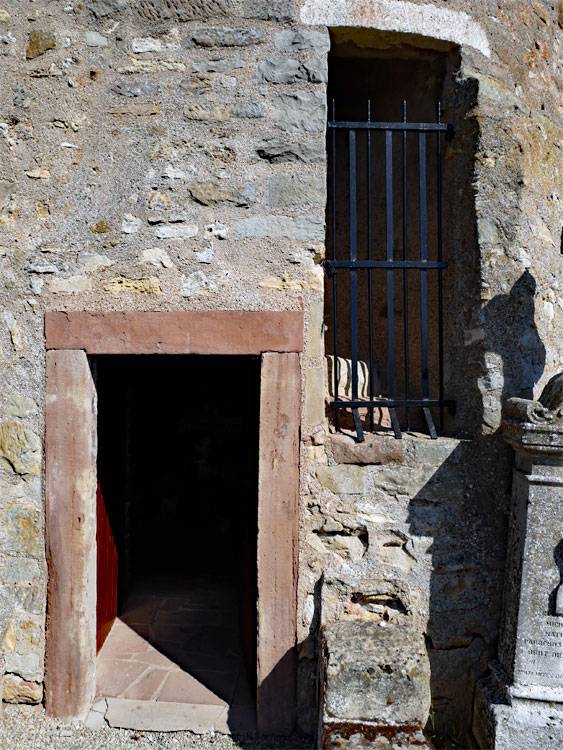








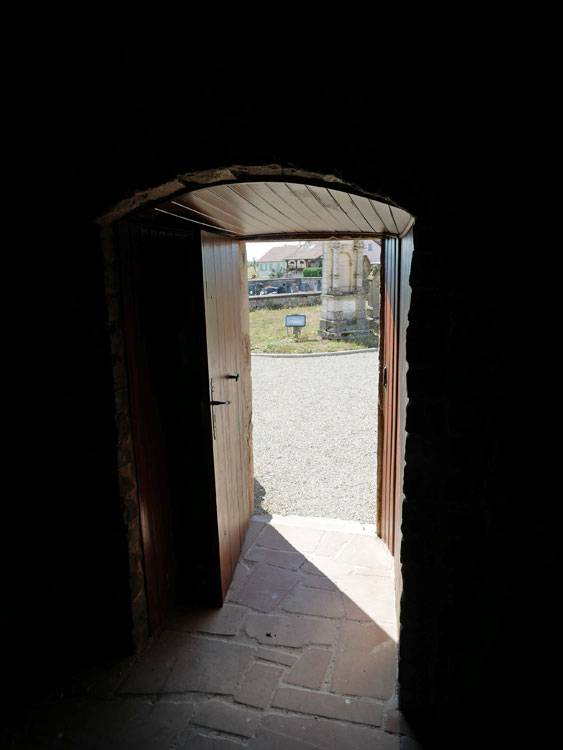













































Tour du Cimetière Farschviller
Where to find this church
Church Information
La Tour du Cimetière de Farschviller is located in Farschviller, a village in the Département Moselle in France, about 2 miles south of Farébersviller. The tower is freely accessible, but there is a small chapel in the base of it, which is usually locked.
The tower is freely accessible at all times
* denotes external links that open in a new window
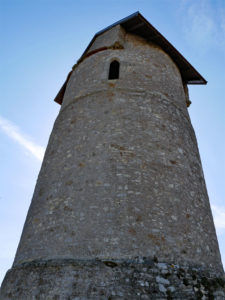


Visiting Farschviller
We visited the church tower in Farschviller on the tour with members of the English Round Tower Churches Society in 2008; and as I had informed the mayor in advance of our coming, he came with us to the tower after our arrival, opened the normally locked Lady Chapel on the ground floor for us, and finally fetched a ladder from home so that those who wanted to climb into the tower could do so. In addition, he provided us with information material, so that a lot is known about this church and the remaining tower.
Of all the round towers in the region, the tower of the “Mutterkirche” (“Mother Church”), which was probably built in the 12th or 13th century, is undoubtedly the most solid and massive in appearance. It has three floors and is over 16 m high. At floor level it measures 22 m in circumference. The thickness of the walls decreases from the bottom to the top: from 1,60 metres at the base at the window (1,40 metres at the door) to 0,60 metres on the upper, third floor. The eastern outer walls are built of large chunks of limestone. Two openings on the third floor, one to the north and one to the south, are pointed-arched, and one, on the lower floor, is Romanesque and opens to the east.
During the last war, several grenades caused damage, which the municipality had repaired in 1948-49 to preserve the old appearance of the building. Inside, a chapel was built on the ground floor. The vault is supported by four pointed arches, each made of four stones, resting in the walls. On the first floor, part of the interior wall remained in 1968, which consisted of oak beams that served as supports for a mixture of clay and straw called “cob”. Today, only the wooden frame remains. There are two types of niches in the outer walls, plastered with cobblestones.
But why is only the tower still standing? In the middle of the 18th century, the Mutterkirche was threatened by decay and the inhabitants decided to build a new church in the middle of the village. The Mutterkirche was demolished. The materials that could still be used were used to construct the new building. The priest Gouvienne would have liked to keep the choir of the old mother church and turn it into a chapel, but his idea was not followed: only the bell tower remained.
There is the following tale about the construction of the original church:
At the time of its construction, a dispute arose between the parishioners of Cappel and those of Farschviller: each wanted the church to be as close as possible to his village. In the end, it was decided that the building should be built in the “Cappler Schnees”, beyond the “Stenenbrück”. The materials were therefore taken there. But in the meantime, the people of Farschviller had changed their minds and wanted the church closer to their village. It was decided that all the owners of carts, wheelbarrows, etc. would meet at nightfall to transport all the materials to a place closer to the village. Work began that same evening and throughout the night there was a procession of oxcarts, carts and wheelbarrows from the “Cappler Schnees” to the chosen site. The day was already beginning to dawn when a team was still cleaning up the traces of the night’s activity. In the morning, when the Capplers arrived at the scene, the materials had disappeared…. A search was conducted for them. When they were finally found, they shouted wonders, and the Farschvillians louder than the others… as no trace of a wheel was to be seen…. Not daring to go against the will of the Almighty, who had chosen the site of their new home through this miracle, the Capplers agreed to build the church where the tower still stands today.
Well, this narrative is suspiciously reminiscent of an almost identical one about the construction of the Round Tower Church in Hermeskeil-Bescheid/Rhineland-Palatinate…
Conclusion: pretty tower in a cemetery whose chapel is usually locked

